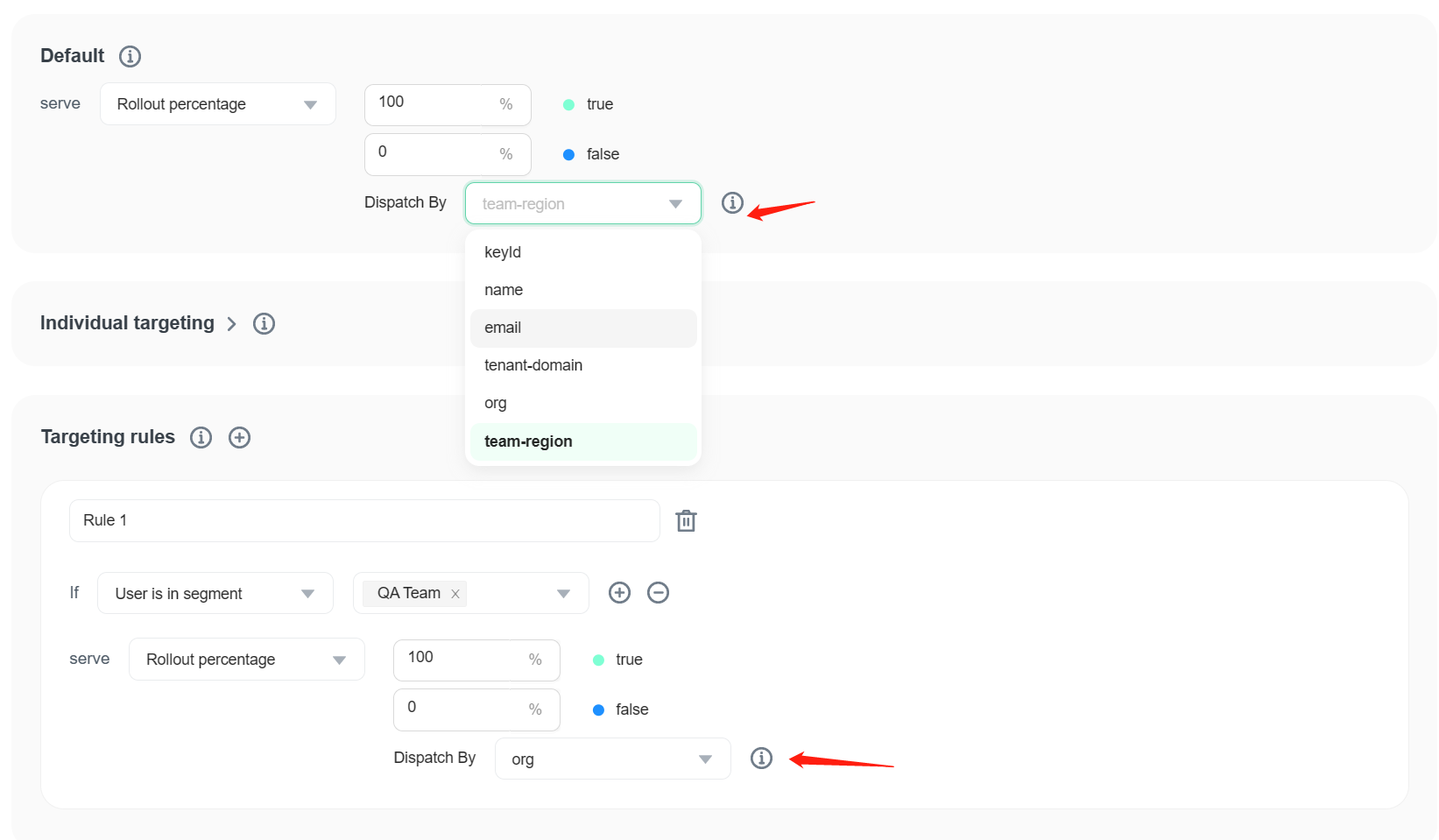Innovate
Your Software
Faster without Risk
Innovate Your Software Faster without Risk
Gradual Feature Release with Feature Flags using FeatBit

What are Feature Flags?
Feature flags are a technique used by software developers to turn functionality on and off without having to deploy new code. The idea is to give developers an easy way to release new features gradually, rather than all at once. With feature flags, it's possible to release new features to a small subset of users, monitor performance, and gradually roll out the feature to all users if everything looks okay. Feature flags can also be used to turn off functionality in the event of an issue, allowing the team to revert quickly to a stable state.
FeatBit is a feature management platform that enables teams to deploy new features with confidence. FeatBit allows developers to create feature flags and control them from a central dashboard. With FeatBit, it's easy to manage who sees new features, set up A/B tests, and monitor performance in real-time. This level of control makes it easier for developers to make data-driven decisions, and to ensure that new features are only launched after thorough testing.
Using feature flags with a tool like FeatBit offers numerous benefits for software development. Developers can deploy new features quickly, reduce the risk of issues with new code, and gather data about user behavior. It also helps to create a more controlled release process, allowing for easy management of a feature’s release. Ultimately, using feature flags helps increase the stability and performance of the software applications, extending the lifetime of services and applications.
Gradual Release new Features
Benefits of Gradual Feature Release
Gradual feature release, implemented via feature flags with tools like FeatBit, is an effective development and deployment strategy, particularly for large or complex projects. This approach allows for new features or changes to be gradually introduced to a subset of users, reducing the risk of bugs or negative impacts to the overall user experience. Not only does this approach allow for real-time monitoring and adjustment based on user feedback, it also helps to manage user expectations and avoid overwhelming them with too many changes at once.
The benefits of gradual feature release extend beyond just improving the user experience. This approach can also help to minimize downtime and reduce the overall complexity of managing releases, particularly for teams with multiple product lines or applications. By breaking down releases into smaller, more manageable chunks, developers can focus on perfecting individual features rather than trying to tackle too many elements at once. Ultimately, gradual feature release is an effective way to ensure product quality, user satisfaction, and a streamlined development process.
Best Practices for Gradual Feature Release
Gradual feature release using feature flags can be an effective technique to mitigate risks associated with the deployment of new features. One of the best practices is to start small, releasing features to a subset of users or a small percentage of traffic. This approach enables the team to gather feedback and monitor the behavior of the new feature in a controlled environment. The team can then analyze the data and adjust the release strategy accordingly.
Another best practice is to clearly communicate the release plan to stakeholders, including product managers, developers, and customer support teams. Clear communication helps to manage expectations and avoid confusion among stakeholders. It is also important to consider rollback strategies if something goes wrong during the release. By implementing these best practices, teams can effectively manage feature releases and ensure that they meet the needs of users and stakeholders.
Using FeatBit for Feature Flagging
FeatBit Features
FeatBit is a powerful open-source tool for feature flagging, offering a wide range of features to help teams release new features gradually and safely. The tool offers a flexible and user-friendly interface, allowing teams to define feature flags based on any criteria they choose, and turn them on or off as needed. With FeatBit, teams can easily manage their feature flags, track changes and rollbacks, and collaborate with other team members to ensure smooth releases. The tool also offers advanced monitoring and analytics features, allowing teams to track user behavior and performance metrics to optimize their feature releases. FeatBit's rich set of features make it an invaluable tool for any development team looking to improve their release process and deliver better products to their users.
How to Use FeatBit for Gradual Feature Release
To use FeatBit for gradual feature release, first, identify the features to be released and create a feature flag for each. Next, determine the percentage of users who will initially have access to the feature, and set the “wager” value accordingly. This will define the proportion of users that will see the new feature compared to the old one.
Then, deploy the code with the feature flags, and start tracking the performance of each new feature released. Monitor customer feedback and analytics to see how the feature performs in real-world use. Once satisfied, gradually increase the percentage of users with access to the new feature until it reaches 100%. By using FeatBit for gradual feature release, you can monitor and test new features while reducing the risk of unforeseen errors or problems, ensuring a better user experience.
Here's an example with code and UI portal.
var flagValue = fbClient.variation("feature-flag-key", defaultValue);
if(flagValue === 'true'){
runFeature();
}

Gradully Release is very similar to Progressive Rollout, and Percentage rollout. You can click on each link to get more information.